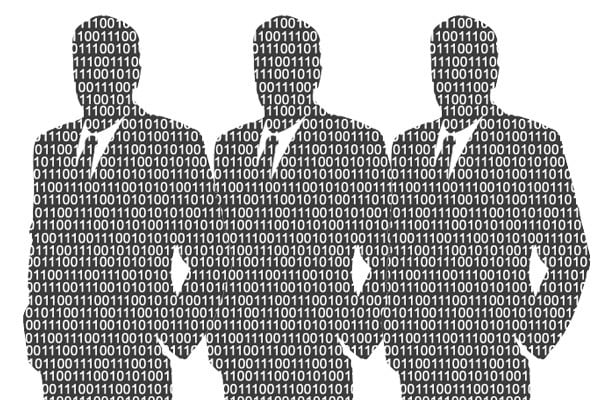How big data analytics can be the difference for law enforcement
Finding a way to help law enforcement agencies do more with less
Law enforcement agencies across the world face similar challenges: Budgets are getting tighter and resources scarcer. And yet agencies are expected to deal with these cuts and deliver an equal if not higher level of service than before. The answer lies closer to home than you think. In your data. Unfortunately, agencies are not exploiting the full value of the data they have.
In combatting the impact of the cuts, the data you’re required to hold – from crime records to number plate recognition data to HR and training records – is your greatest asset. But many agencies still work in isolation with data held across an array of standalone systems. This makes it difficult to see the entire picture. If properly exploited, this ‘big data’ goldmine could help you do more with less while driving efficiencies.
What are the next steps?
Most agencies understand this has to change – that they need to find a way of using big data to streamline their operations and get a holistic view of criminal activity. A data platform that helps you see and analyze data holistically, whether physically located in an HR, crime or number plate recognition system, has to be the foundation.
Once this is in place, big data analytics can be applied to extract insight. You could use the techniques to analyze all available data to understand crime patterns and target resources most efficiently. Or you could use the approach to push real-time briefs to officers on the beat – specifically targeting it to their physical location.
Traditional analytical techniques are often not enough in the new online world. Today, a lot of data is unstructured text – word documents, transcripts, witness statements, internet chatter and more. This data can be really valuable – especially given the latest advancements in text analytics to automatically generate keywords and topics, categorize content, manage semantic terms, unearth sentiment and put all of that in context.
By applying text analytics, you can start to extract intelligence from unstructured data and turn it into a more structured format. Then you can analyze both the structured and unstructured data together.
Now, you can now exploit all of your data, not just the structured content.
Analytics is key
The real value in big data analytics though is that you don’t have to know what you are looking for before you start. The latest advanced analytics technology will model the data and push information. Then you can analysis it to see if there is real value in the information.
Now you’re converting big data into actionable intelligence.
To do this, you must start applying the right technologies. Without those: pinpointing relevant data would be like looking for a needle in a haystack. With the right solutions, you can sift out irrelevant information and highlight areas of interest, whether that be to achieve efficiencies or drive preventative policing strategies or investigations, effectively pushing the needle out of the haystack.
Read more about how analytics can help you sift big data for the important answers.
